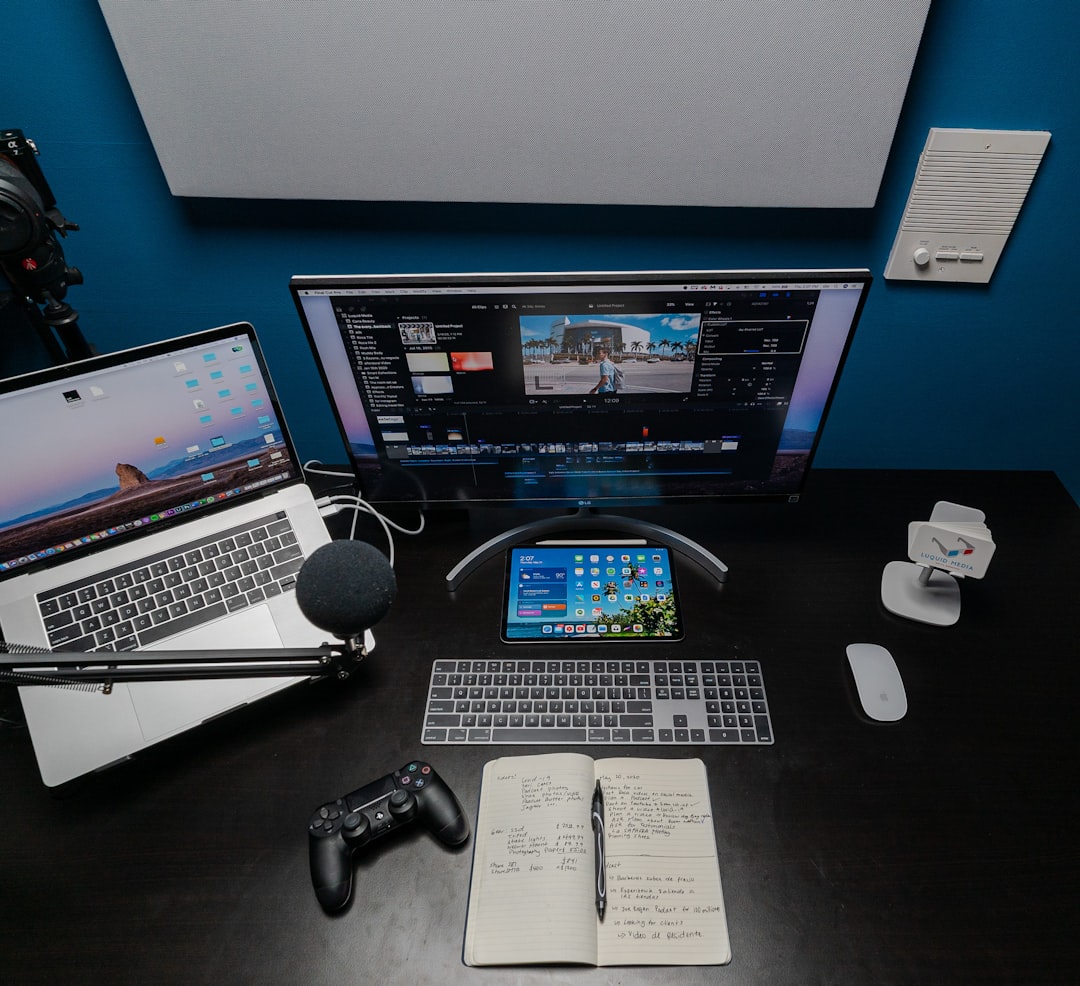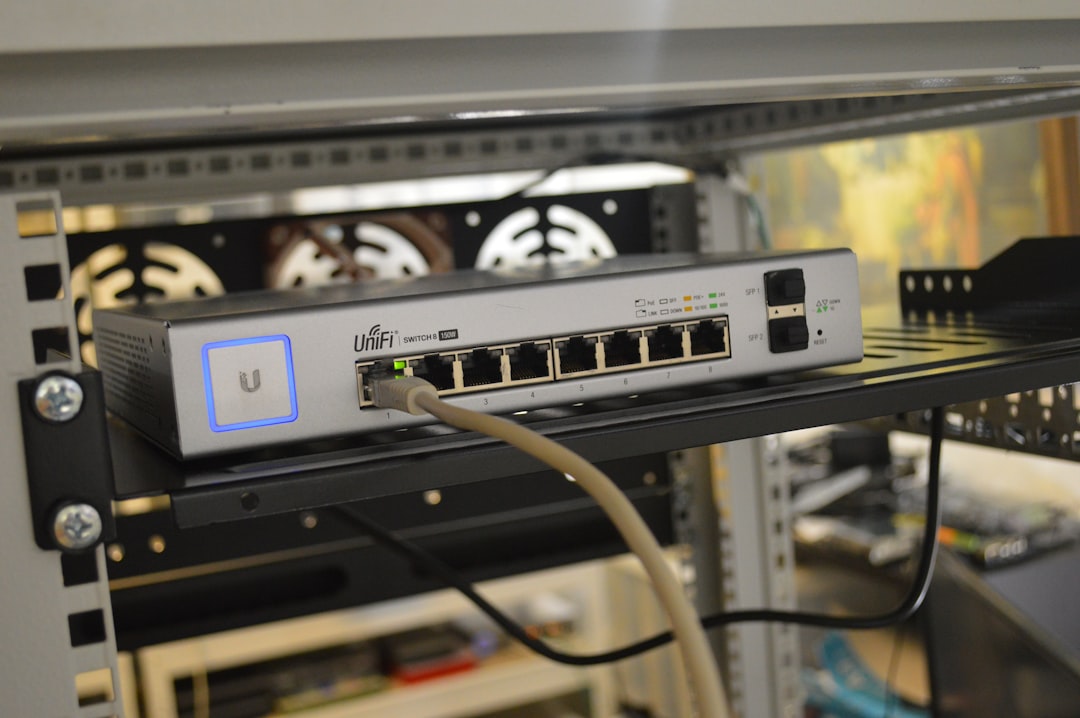If you’ve ever opened your Chromebook only to be met with a completely black screen, you’re not alone. This frustrating issue can happen for several reasons, but fortunately, there are a series of simple steps you can take to resolve it. Whether your Chromebook won’t turn on at all or the screen goes black during use, this guide will walk you through effective troubleshooting techniques to bring your device back to life.
Step 1: Check for Power Issues
First things first—make sure your Chromebook has power. A completely black screen could mean your device isn’t turning on rather than a screen issue.
- Plug it in: Use the original power adapter and connect your Chromebook to a power source. Make sure the charging indicator light turns on.
- Wait a few minutes: If the battery was completely drained, it might take a few moments before powering up.
- Check the charging port: Inspect for any visible debris or damage that might prevent proper charging.
If the charging light doesn’t turn on, try using a different charger or check the outlet with another device.
Step 2: Perform a Hard Reset
A hard reset can resolve a wide range of issues, including software glitches that cause a black screen.
- For most Chromebooks: Press and hold the Refresh key and tap the Power button once. Release the Refresh key after the Chromebook starts up.
- For tablets: Press and hold the Volume Up and Power buttons for about 10 seconds, then release them.
This simple step can often resolve temporary screen issues and restore your display.
Step 3: Try an External Display
If your Chromebook is powered on but the screen remains dark, the display itself might be the problem. Connect your device to an external monitor to test this:
- Use an HDMI or USB-C cable: Plug one end into your Chromebook and the other into a functioning monitor or TV.
- Switch to the external screen: You might need to press Ctrl + Full Screen (usually the F4 key) to toggle display modes.
If the external display works, that confirms the internal screen is likely damaged or has a loose connection. In that case, professional repair may be necessary.

Step 4: Remove Peripheral Devices
Sometimes, peripherals such as USB drives or external keyboards can cause boot problems, including a black screen.
- Power off the Chromebook.
- Unplug all external devices: This includes USB drives, SD cards, headphones, and Bluetooth accessories.
- Restart the Chromebook: Press the Power button and check if the display returns.
If the screen lights up, one of your peripherals may be causing the conflict.
Step 5: Try Recovery Mode
If none of the above steps work, your Chromebook may have a deeper software or firmware issue. Entering recovery mode can help restore it to a working state.
- Turn off your Chromebook.
- Enter recovery mode: Press and hold Esc + Refresh, then press the Power button.
- Insert a recovery USB drive: You’ll need a different computer to create this, using the Chromebook Recovery Utility from the Chrome Web Store.
Warning: This process will erase all locally stored data on your device.

Step 6: Seek Professional Assistance
If your Chromebook still displays a black screen after going through all the steps above, it might be time to contact support or visit a repair center. Hardware failure, such as a damaged motherboard or screen, might be the culprit.
Most Chromebooks come with a warranty, so check your purchase details. If it’s still under coverage, you may be eligible for a free repair or replacement.
Bonus Tips to Prevent Future Issues
- Keep your Chromebook updated: Regular software updates can prevent glitches and security issues.
- Don’t overcharge: Leaving your Chromebook plugged in constantly can reduce battery lifespan.
- Use a protective case: Physical protection can reduce the risk of screen damage or internal component issues.
Conclusion
A black screen on your Chromebook may feel alarming, but in many cases, it’s a temporary and solvable issue. With the step-by-step guide above, you should be able to identify the cause and take the necessary steps to fix it. From checking the power source to entering recovery mode, each method increases your chances of getting that screen back on without needing a professional repair.
Remember, regular maintenance, cautious usage, and timely updates can keep your Chromebook performing at its best. If all else fails, don’t hesitate to reach out for professional help—especially if your device is still under warranty.
